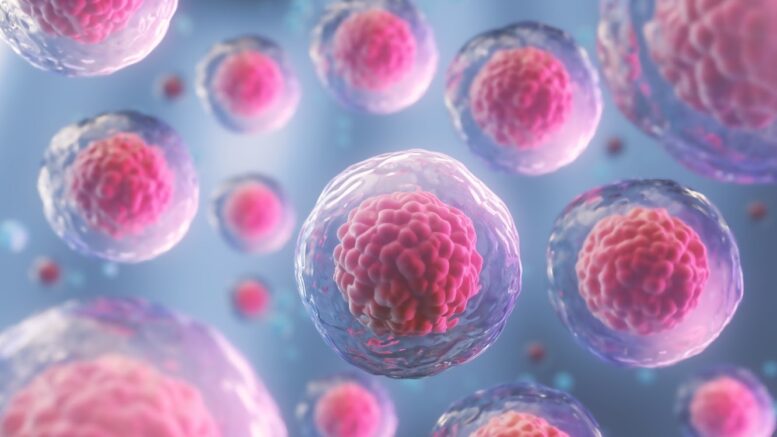As the field of medicine continues to evolve, new treatments are emerging that offer exciting possibilities for those suffering from debilitating injuries. One such treatment is Orthagenex ACL stem cell procedure therapy, which has shown impressive benefits for patients experiencing damage to the anterior cruciate ligament (ACL). By harnessing the regenerative properties of stem cells, doctors can now provide a minimally invasive alternative to traditional surgical procedures for ACL injuries.
A Non-invasive Treatment
The use of stem cells as a non-invasive treatment for ACL injuries has shown immense promise in recent years. Unlike traditional surgical methods, ACL stem cell therapy is a minimally invasive procedure that uses the body’s natural healing response to promote tissue repair and regeneration. This innovative treatment involves injecting concentrated doses of stem cells directly into the affected area, triggering the body’s natural regenerative response.
Stem cells have the unique ability to differentiate and specialize into various types of cells, providing a versatile solution to repairing and replacing damaged tissues. Moreover, the minimally invasive nature of this treatment can result in reduced recovery time and lower chances of post-operative complications.
Decreased Pain and Inflammation
Stem cells have the natural ability to regenerate and repair damaged tissue, including the ACL ligament. By providing a concentrated dose of stem cells directly to the site of injury, patients can experience a reduction in swelling and inflammation, which is often associated with pain. This reduction in discomfort can have a significant impact on patients’ overall quality of life.
Additionally, stem cells have anti-inflammatory properties, which can further help to reduce pain and inflammation, so patients can experience sustained relief from their symptoms.
Improved Mobility
Patients who undergo ACL stem cell therapy often experience a faster recovery time and improved range of motion compared to traditional treatment options such as surgery or physical therapy. Stem cell therapy works by leveraging the body’s natural healing process to regenerate damaged tissue, including the ACL.
By introducing stem cells directly into the damaged area, this regenerative process can be accelerated, leading to improved mobility and reduced pain. Furthermore, stem cell therapy can provide long-lasting results, allowing patients to return to their normal activities with confidence in the strength and stability of their knees.

The Potential to Restore Long-Term Joint Health
Unlike traditional treatments, such as surgical reconstruction, ACL stem cell therapy focuses on regenerating and repairing damaged tissue rather than simply masking symptoms. The use of stem cells provides an opportunity to repair the torn ACL and any other damaged tissue surrounding the joint, ultimately leading to improved joint stability and reduced pain.
Additionally, as stem cells can differentiate into a range of cell types, they can potentially help to reverse degenerative changes that may occur in the future, further contributing to long-term joint health.
Reduced Risk of Surgery
Traditional ACL surgery involves invasive techniques that often lead to a lengthy recovery period and a higher risk of complications. In contrast, ACL stem cell therapy is minimally invasive and doesn’t require any surgical incisions. Stem cells that are harvested from the patient’s own body are injected directly into the affected area, promoting regeneration and healing.
By avoiding surgery, patients can benefit from faster recovery, reduced risk of infection, and less postoperative pain and swelling. Additionally, stem cell therapy has been shown to be a safe and effective alternative to surgical intervention for many patients with ACL injuries.
Conclusion
ACL stem cell therapy is a promising treatment option for patients suffering from knee injuries. This regenerative medicine approach avoids the need for more invasive surgeries and has been shown to significantly improve knee function and reduce pain.
As research in this field continues, patients can expect to see even more effective and targeted stem cell therapies. Overall, it’s important that patients work closely with their healthcare providers to determine if ACL stem cell therapy is right for them and to receive the individualized care they need.
